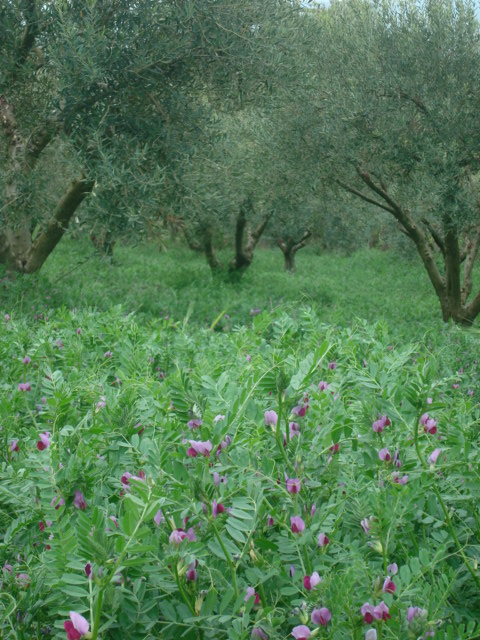Factors that influence the olive oil aromas positively and how much can we modify them
The most fundamental factors for the best olive oil both in terms of chemical composition as well as organoleptic traits are:
First: The olive variety and the tree's DNA, the tree's quality. Trees of the same quality may produce olive oil of different quality even in the same olive grove. A Koroneiki olive, when situated in its "natural habitat" e.g. Messinia, will produce netter oil than its counterpart that grows in Thessaloniki.
Second: The time of the year we will gather the fruits (raw, mature, etc).
Fourth: To have a proper transportation in plastic containers of medium size.
Fifth: To have a proper oil extraction with correct timing during kneading, about 35 minutes, and proper temperature, around 27 degrees Celsius, in order to retain its nutrients and aromas. Its possible that a hot pression factory (always in 27 degrees) will give us better quality olive oil than a cold pression one, provided that the operator of the first is better than the second one.
Sixth: to properly store the olive oil in 15 degrees Celsius at max and that the storage tanks have nitrogen.
These are the fundamental factors for me personally, for a good quality oil.
There are secondary factors such as the soil and the climate.
Southern Greece (Messinia, Lakonia, Crete) is famous for its olive oil, however olive oils from Pilio, Corfu, Alexandroupoli and Mitilini have also been awarded. The sunnier a place is the more aromaticthe olive oil, provided that the fundamental factors are also taken into consideration. From there, if the soil is calcareous, the olive oil has a more intense aroma. We should not deprive the soil from its nutrients and not "spoil" the tree. Moreover, do not over-fertilise. Our fertiliser gives bigger fruit and possibly holds more water, but the flavor is found in the smaller olive fruits.
Supported and financed by:
• Interna2onal Olive Council
• Captain Vasilis Founda2on
• Pharmacognosy and Natural Products Chemistry
Department – Na2onal and Kapodistrian University of
Athens
• Mul2chrom Laboratory
• Kalamata Olive Oil Taste Laboratory















































